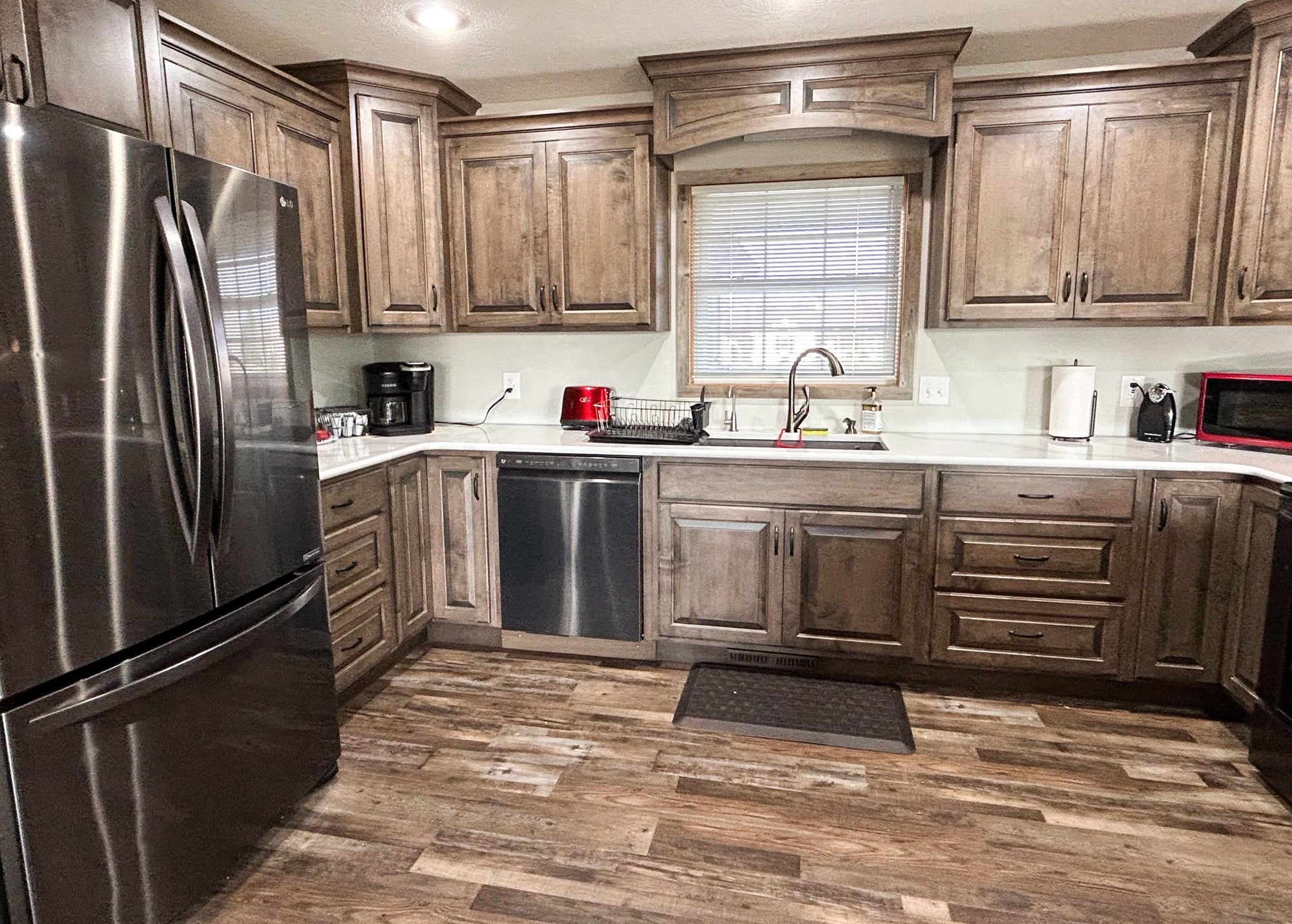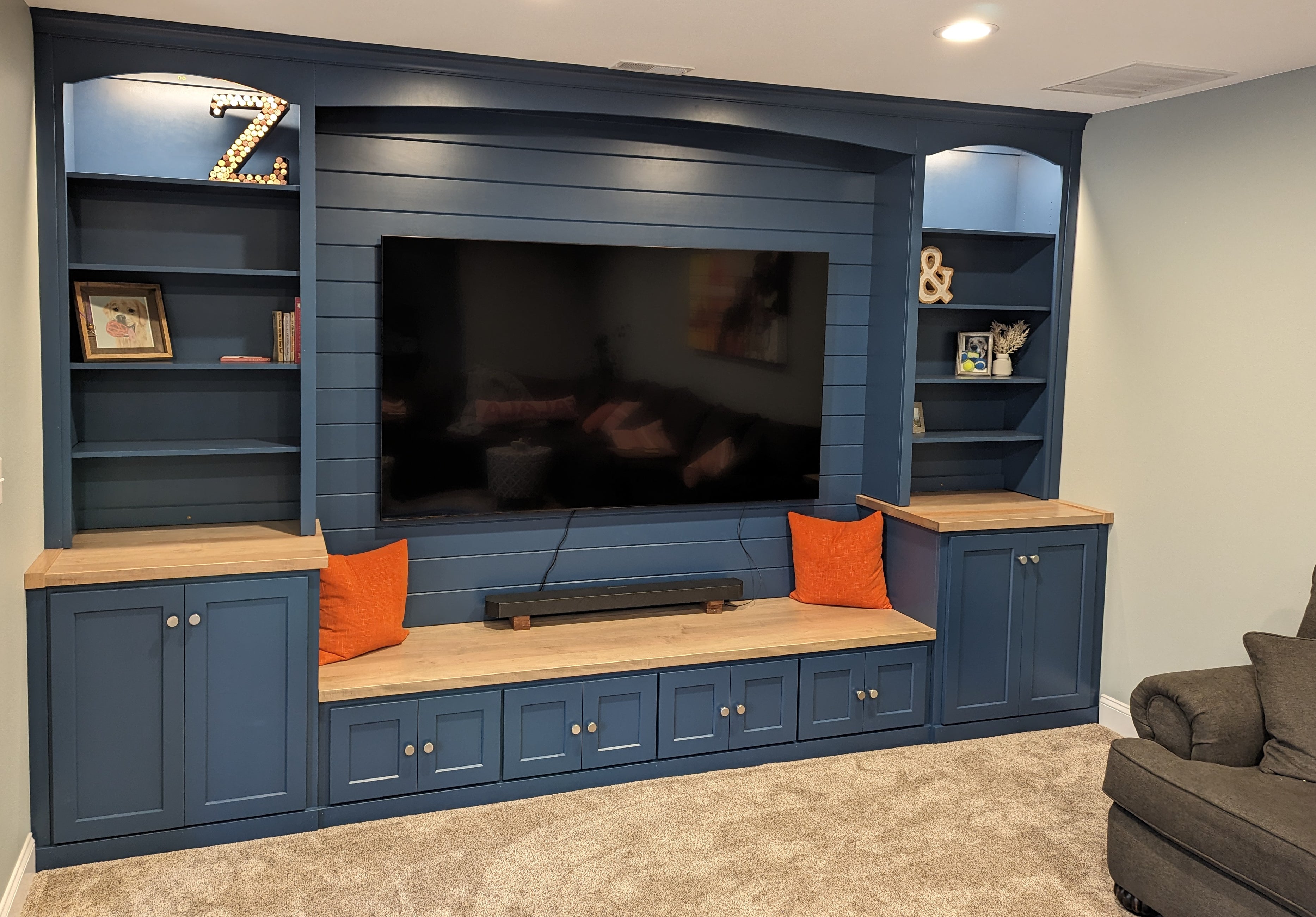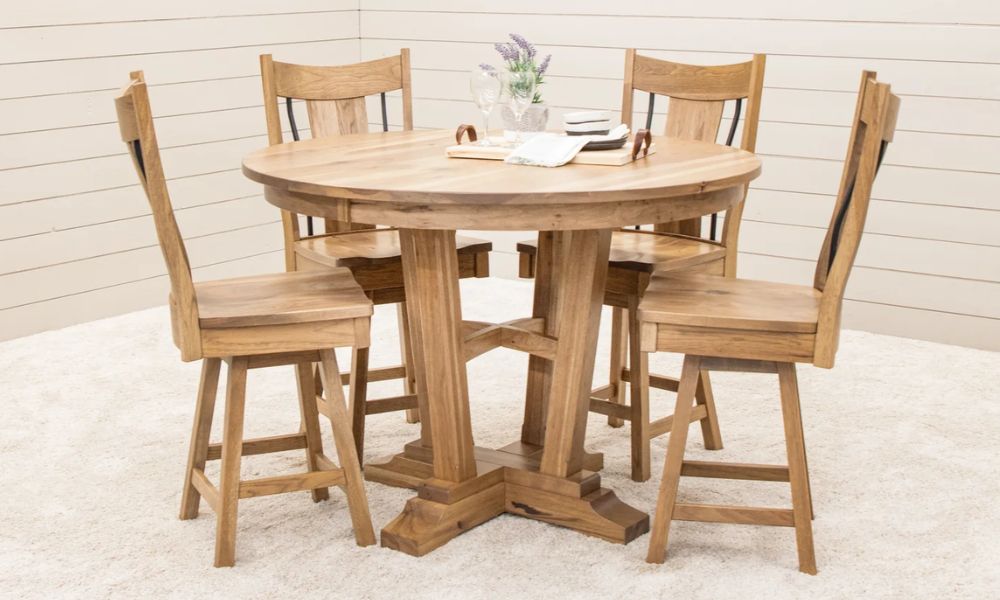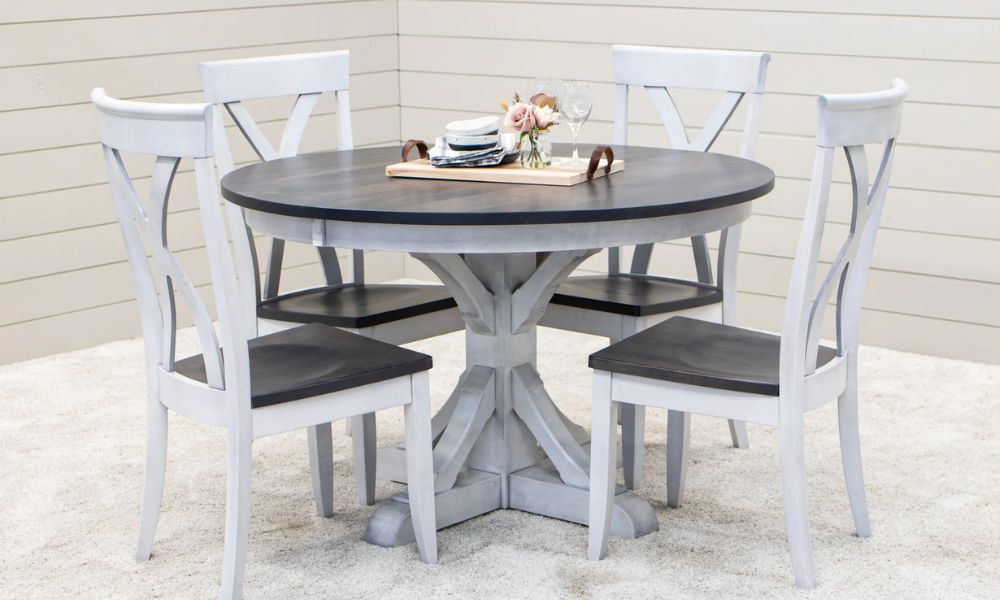Why Solid Wood Furniture Is a Sustainable Choice
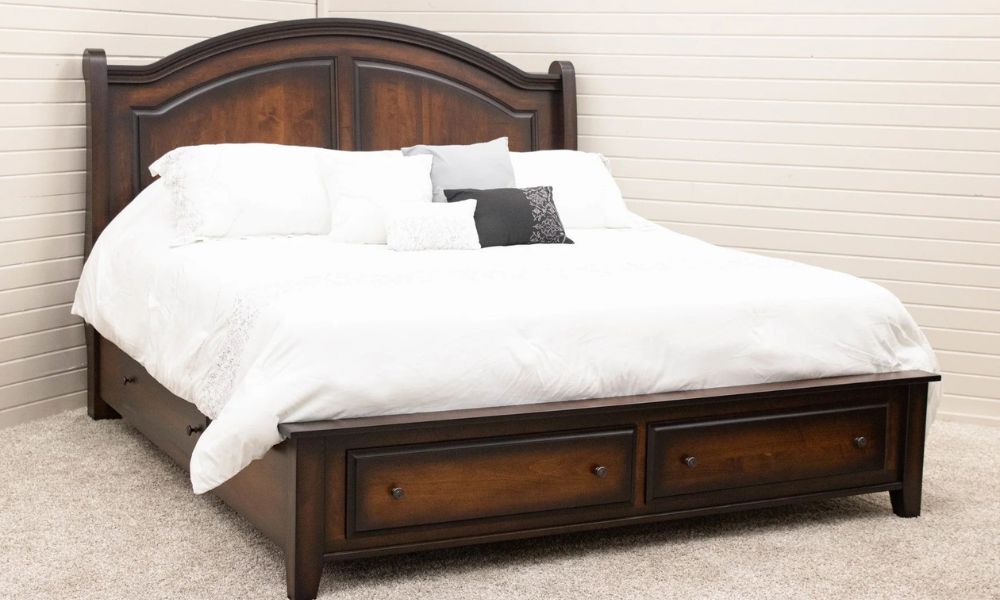
Solid wood furniture doesn’t just bring timeless beauty to your home; it’s also one of the most sustainable options available. From their durability to their low environmental impact, there’s plenty to love about these pieces. Here’s why solid wood furniture is a sustainable choice that’s kind to your space and the planet.
What Is Solid Wood Furniture?
Solid wood furniture uses single, natural pieces of wood instead of engineered materials like MDF or plywood. Craftsmen cut, shape, and assemble planks from trees, creating furniture that prioritizes strength, beauty, and durability. Each piece highlights the wood’s grain patterns and textures, bringing a unique, natural character to your space.
Common Types of Solid Wood Used in Furniture
Each type of wood has its own strengths, letting you tailor your furniture to fit your design and functional needs. Here’s a quick overview of popular wood options:
- Oak: Provides durability and bold grain patterns.
- Walnut: Offers rich color and smooth texture.
- Maple: Delivers subtle grain and reliable strength.
- Cherry: Features a warm reddish tone that deepens over time.
Durable and Long-Lasting
Furniture made from solid wood lasts for decades. You’ll find families using hardwood pieces passed down for over 50 or even 100 years because the material holds up so well. For instance, an oak dining table easily handles family meals, school projects, and regular wear without falling apart.
And if damage does occur, you can repair solid wood furniture instead of replacing it. You can sand away minor scratches, steam out dents, and restore its sheen with oil or polish. A well-maintained oak table or cherry cabinet can look nearly new again, even after heavy use.
Engineered materials often fail in this area, as they chip or peel instead of improving with care. Simply put, solid wood lets you continue enjoying furniture instead of discarding it at the first sign of wear.

Requires Less Energy During Production
Solid wood furniture is a sustainable choice because it requires less energy during production. In particular, it demands less energy than producing metal or plastic alternatives. Shaping and joining solid wood requires simple tools and machinery, unlike the intensive forging or smelting processes for steel or aluminum.
Craftsmanship Reduces Mass Production Needs
Unlike mass-produced furniture, manufacturers craft solid wood items in smaller batches. Of course, this thoughtful approach reduces the reliance on energy-intensive machinery while fostering attention to detail. The result goes beyond sustainable production, as this method leads to higher-quality, unique finished pieces.
Recyclable and Biodegradable
Solid wood furniture leaves minimal waste at the end of its life. You can repurpose or upcycle old wooden furniture into other projects or materials. For example, a hardwood table might transform into firewood or garden mulch. Even if a piece becomes unusable, it decomposes naturally, unlike plastic or laminated products that clog landfills.
Additionally, its inherent beauty and resilience invite artistic reuse, with old pieces turning into intricate carvings, accent decor, or custom furniture parts. By favoring solid wood, you help limit the proliferation of non-biodegradable waste while fostering creative and sustainable solutions for discarded materials.
Holds Value Through Resale
Solid wood furniture keeps its charm long after purchase. Pieces like a mid-century walnut credenza or an antique pine rocker continue to attract buyers even decades later. Their timeless appeal allows you to sell them or pass them on, rather than discarding them. This keeps furniture out of waste streams and supports the idea of reusing instead of replacing.
Timeless Appeal Reduces Waste
Solid wood furniture carries a natural elegance that works with almost any decorating style. Whether your home features a contemporary vibe or leans toward traditional charm, wooden pieces fit right in. For instance, a walnut dining table or birch cherry headboard adapts easily to both modern and rustic aesthetics, staying relevant despite changing trends.
Unlike furniture that looks outdated as trends shift, solid wood furniture feels timeless. Overall, its durability and understated beauty make frequent replacements unnecessary.
Popular Solid Wood Pieces
Solid wood brings timeless appeal to every room in a home. Let’s look at some popular pieces:
- Dining tables: From sleek walnut designs to rustic oak styles, solid wood dining tables are a focal point in both modern and traditional homes.
- Bed frames and headboards: Sturdy and aesthetic options like cherry or maple bring warmth and character to any bedroom.
- Coffee tables: Whether with a minimalist finish or ornate carvings, solid wood coffee tables make for stylish living room centerpieces.
- Desks: Perfect for home offices, solid wood desks in materials like pine or teak combine elegance with practicality.
- Chairs and benches: From dining chairs to entryway benches, wooden seating provides comfort and versatility across the home.
- Outdoor furniture: Teak and cedar patio sets bring natural beauty to gardens and withstand outdoor conditions with ease.

Reduces Transportation Impacts
Many solid wood furniture makers use local wood, which keeps transportation distances short. Short supply chains reduce fuel consumption and emissions during delivery. So, if you buy a handmade ash table from a local craftsman, you help cut down on the need for long, energy-intensive shipping routes. This localized approach supports your community and the environment.
Solid wood Amish furniture is carefully blanket-wrapped for transportation from manufacturing to the retail store and again for home deliveries. This eliminates all cardboard boxes. The heavy-duty moving blankets protect the furniture from nicks and dents during transportation.
Avoids Global Supply Chains
Compared to mass-produced furniture, solid wood pieces avoid the overuse of global manufacturing systems. Big-box furniture involves multiple factories, countries, and stages, which rack up emissions at every step. Solid wood furniture skips these global supply chains, delivering a more eco-friendly product with fewer environmental costs tied to production.
Avoiding global supply chains also gives consumers a transparent production outlook. Local sourcing ensures that manufacturers uphold ethical labor practices, and this approach allows buyers to actively support responsible businesses. It also opens the door to personalized experiences, such as custom designs or direct input.
Supports Local Craftsmanship
Choosing solid wood furniture means investing in the expertise and dedication of local craftsmen. These artisans pour skill and care into every piece, creating furniture that is built to last and infused with character. Your purchase also helps preserve traditional techniques and sustain local economies.
Dutch Craft Furniture highlights the best of local, ethical craftsmanship. Through our partnership with Ohio Amish furniture makers, we bring handcrafted Amish furniture to customers who value quality and sustainability. These skilled artisans deliver timeless pieces with fresh stains, paint colors, and styles. Supporting their work enhances your living space and promotes responsible practices that preserve Amish craftsmanship for generations.

